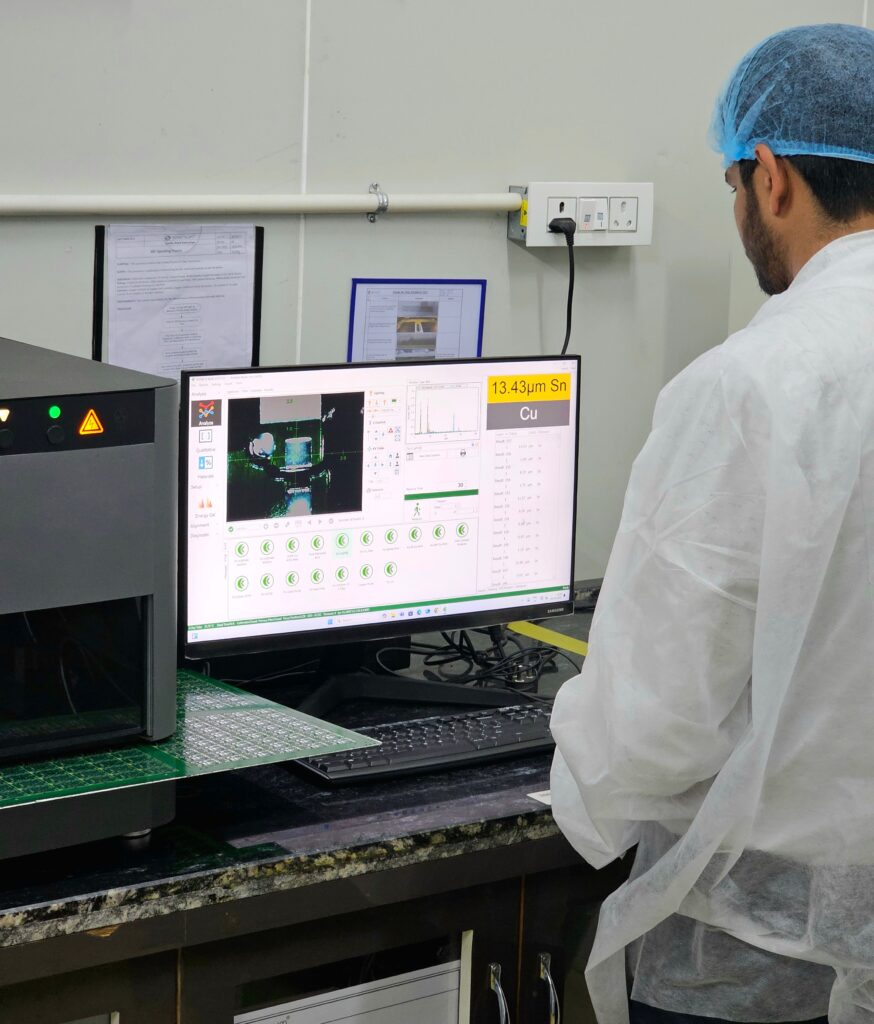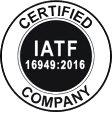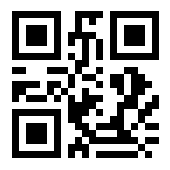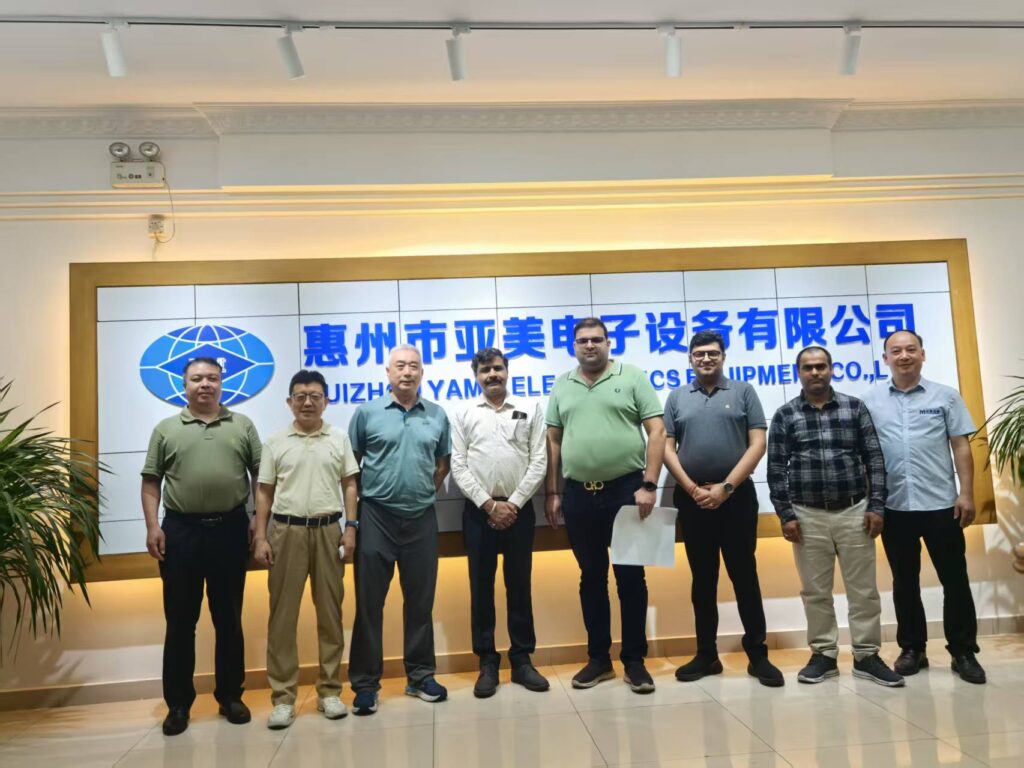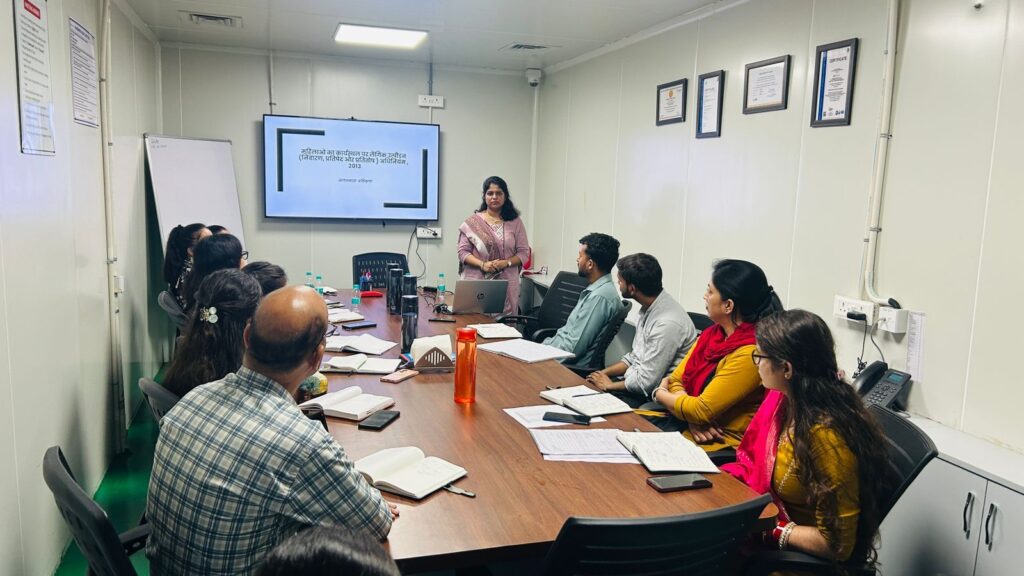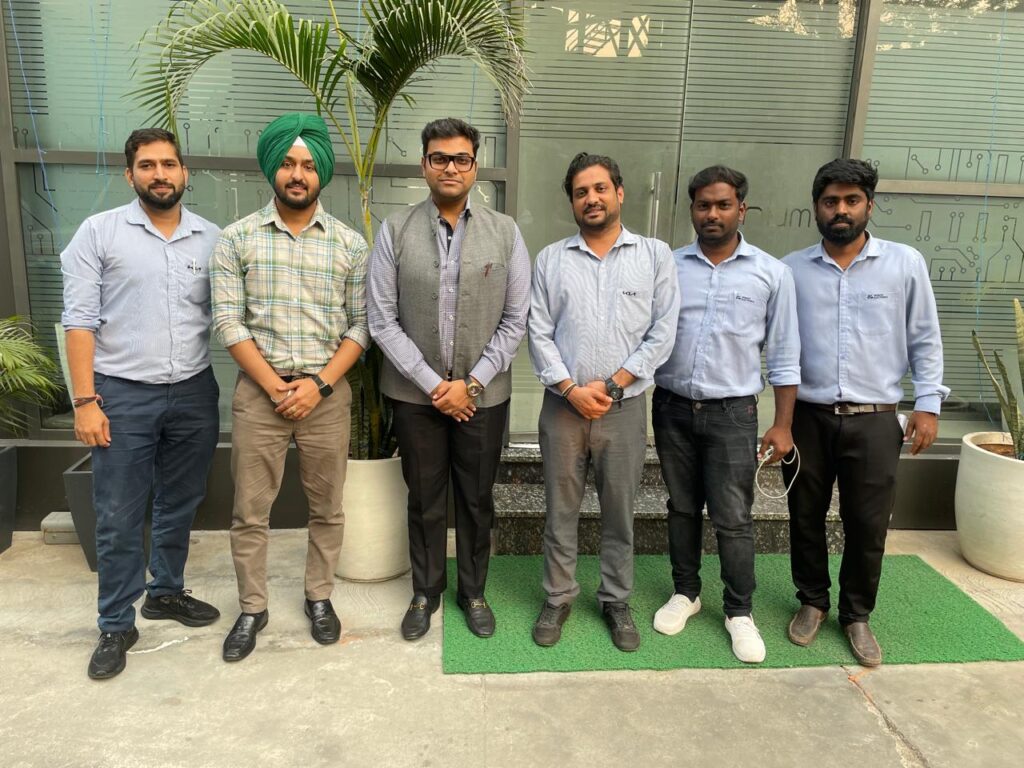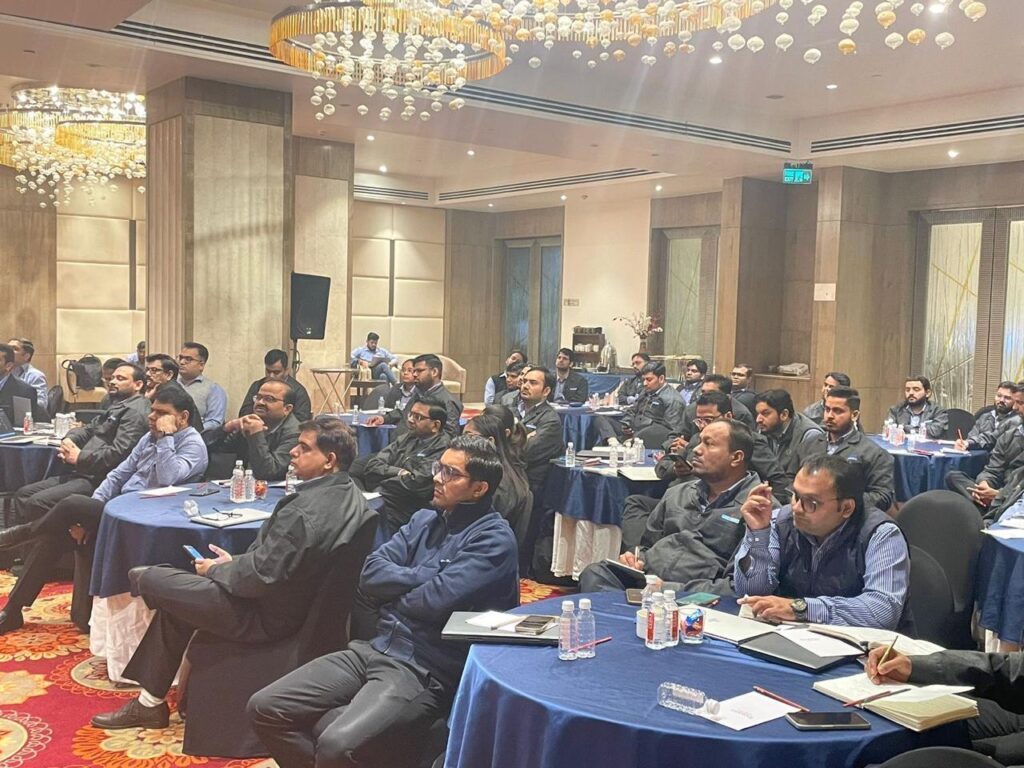Home – Quality
Quality Assurance




Quality Commitments
The key factor in our success is HIGH QUALITY PRODUCT We are committed to maintain high quality standards during production process All material and components are inspected at each stage of production with reference STDs, so that the quality of the final product follows international standards This whole process is being handled by an expert quality team.







RM Receipt inspection & Storage
Various tests are conducted during Incoming Quality Control (IQC) in accordance with IPC-600 and IPC-TM-650 standards to validate the quality of incoming materials.
Materials are stored in accordance with the Standard Operating Procedures (SOPs) to ensure proper handling and preservation.

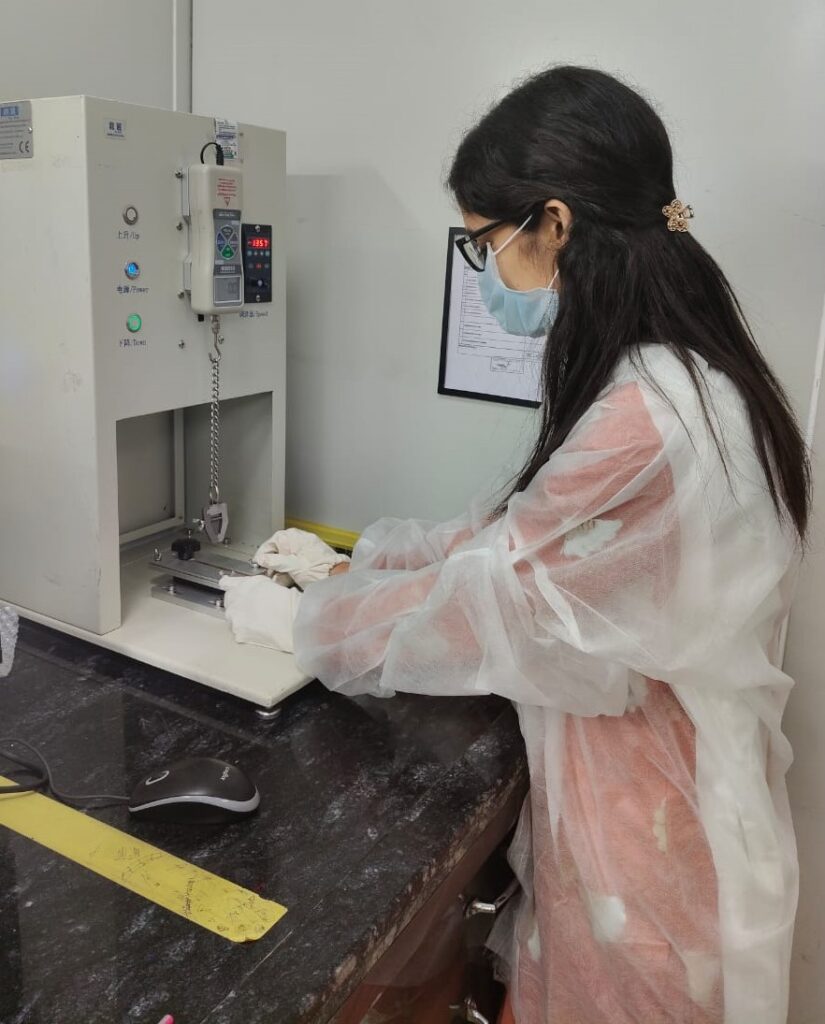



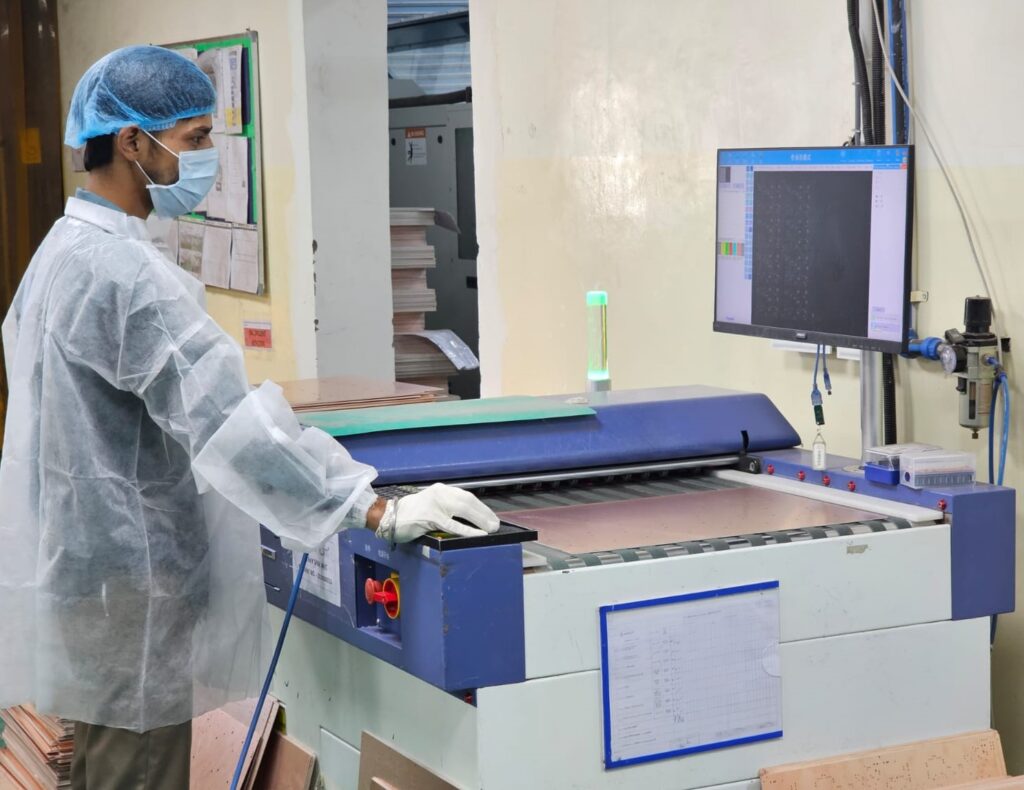

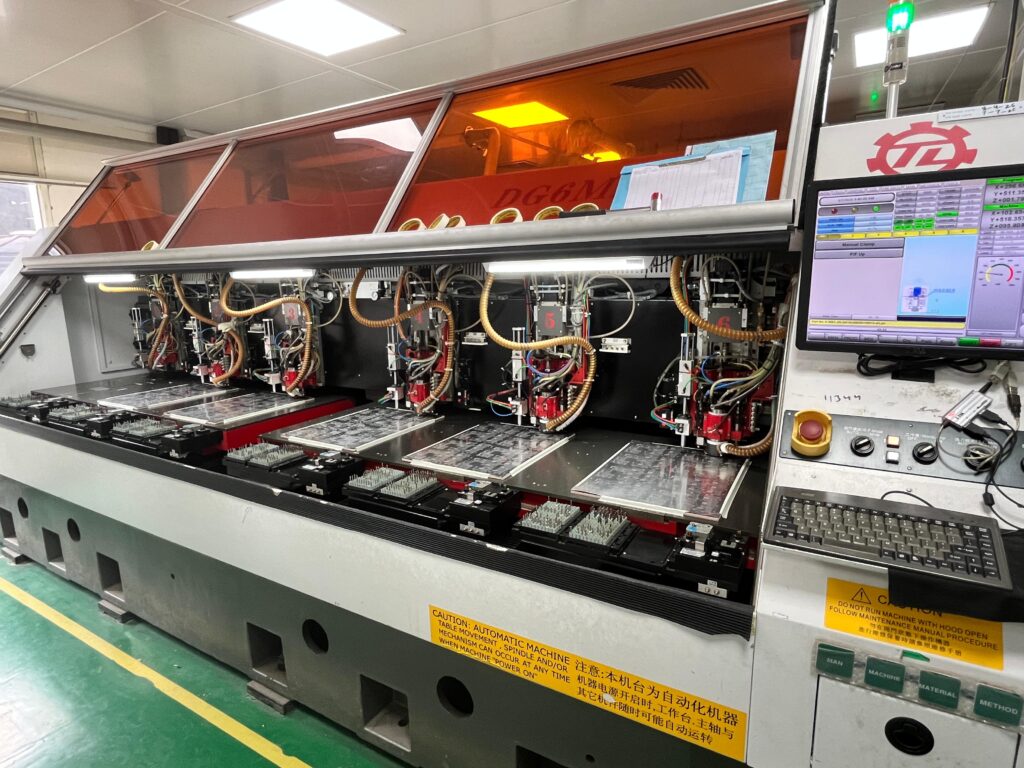

Drilling QC
An automatic hole-checking machine is utilized to identify any abnormalities in the drilled holes, such as missing holes, half holes, ovel holes, holes location and incorrect diameters.
100% through-hole checking is performed on every panel after drilling.

Photo Printing QC
The circuit is checked against the GERBER data provided by the customer.
After photo printing, 100% inspection is conducted through Automated Optical Inspection (AOI)."
Photo printing is carried out in a Class 10,000 cleanroom to ensure contamination control."
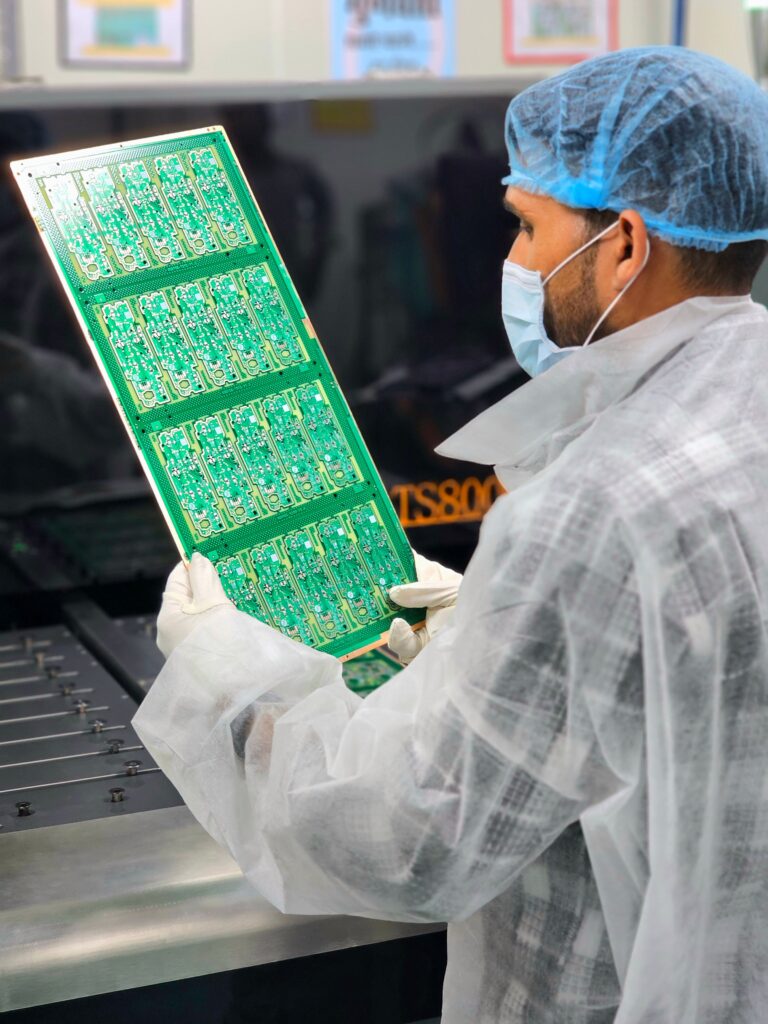

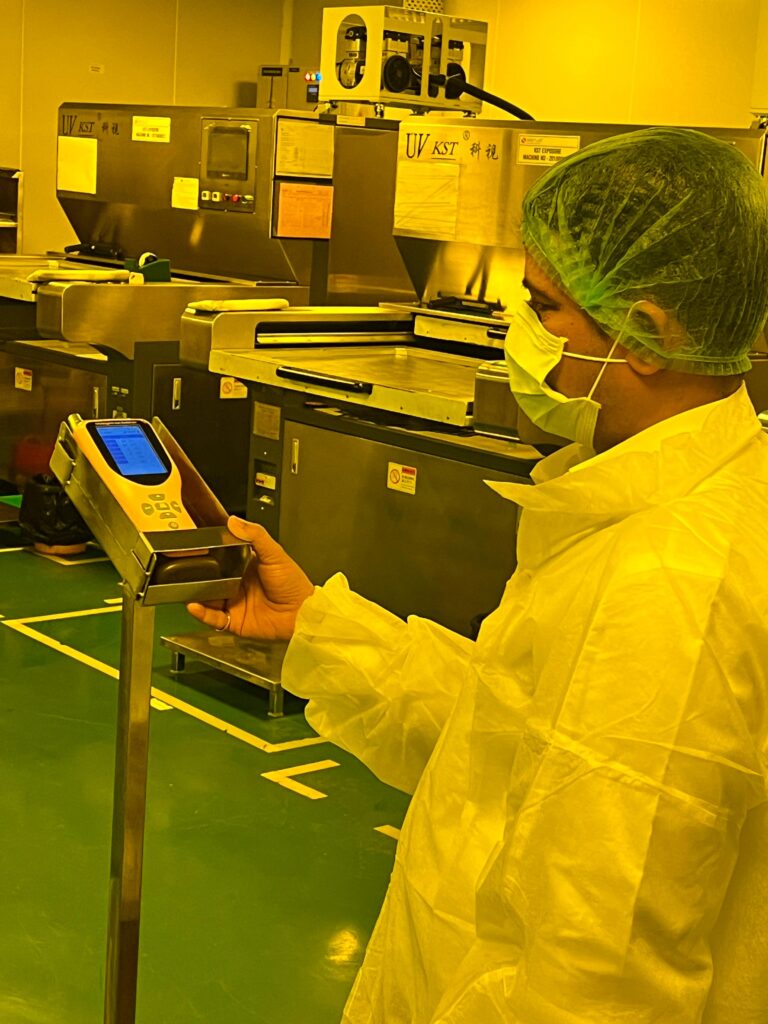


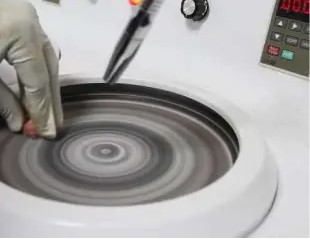

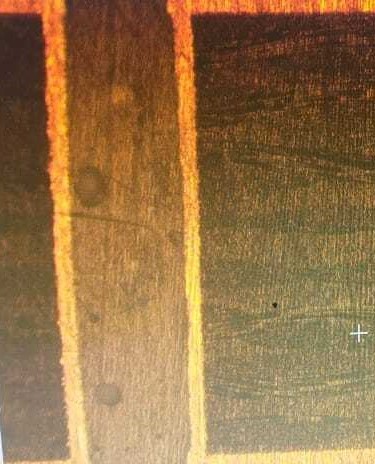

Micro Section
Microsection testing (also known as cross-section analysis) is a destructive testing method used primarily in the PCB (Printed Circuit Board) industry to evaluate internal structural quality, especially for plated through holes (PTH), vias, and layer alignment. The quality of PTH is verified through microsection testing, and every lot must pass this test in accordance with IPC-600 or any specific customer requirements.

Etching QC
The circuit is checked against the GERBER data provided by the customer.
After Etching process 100% inspection is conducted through Automated Optical Inspection (AOI)
Automated Optical Inspection (AOI) is used to detect all surface and pattern defects on the PCB after the etching process.
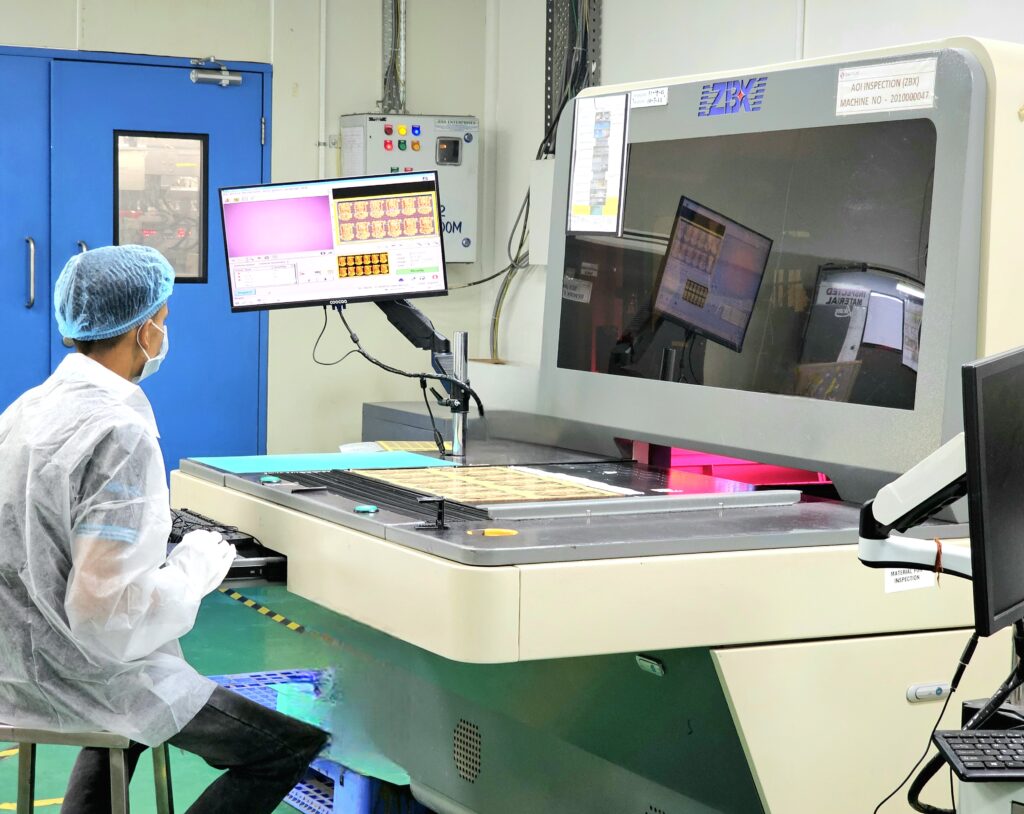

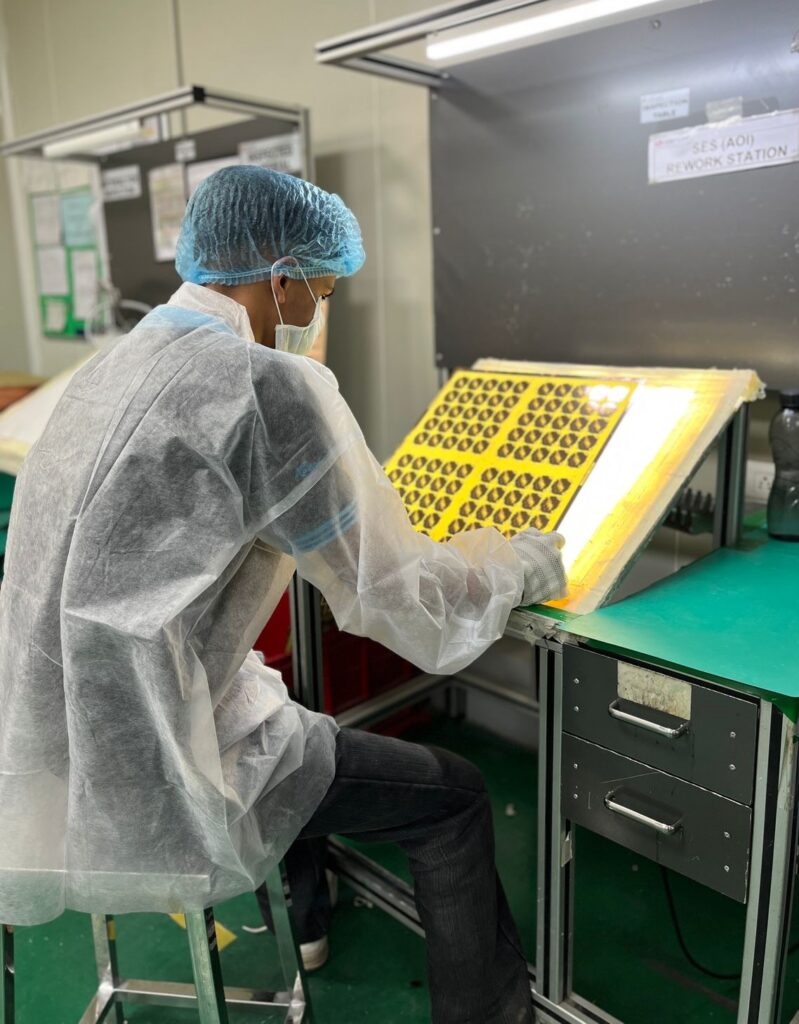


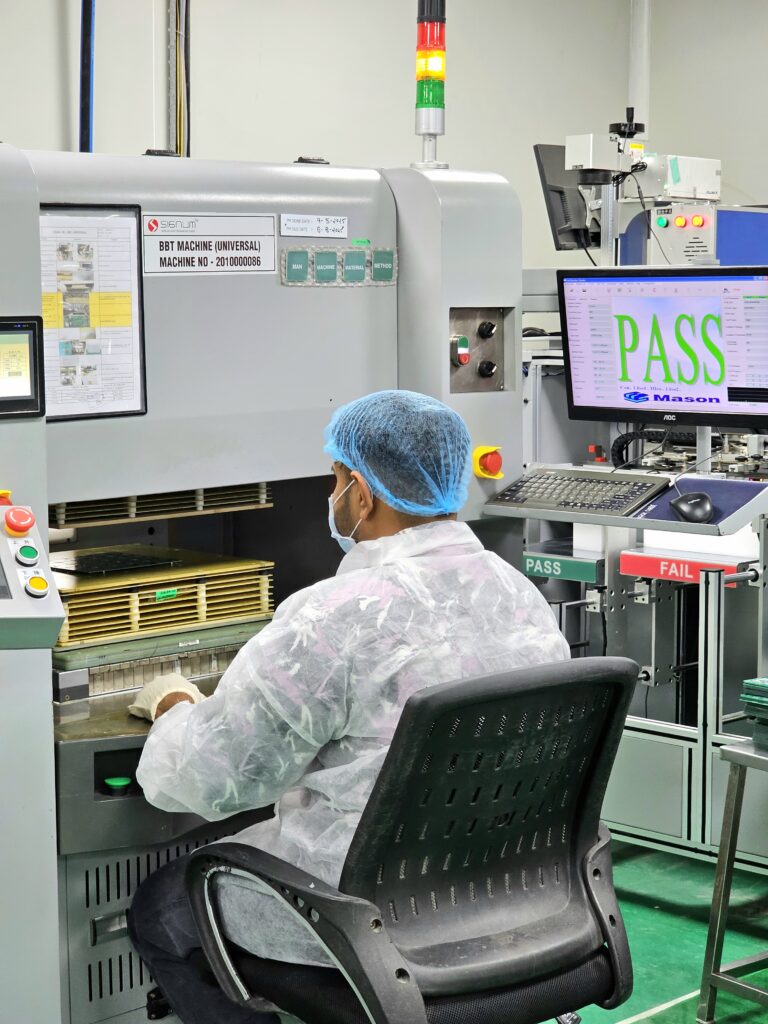

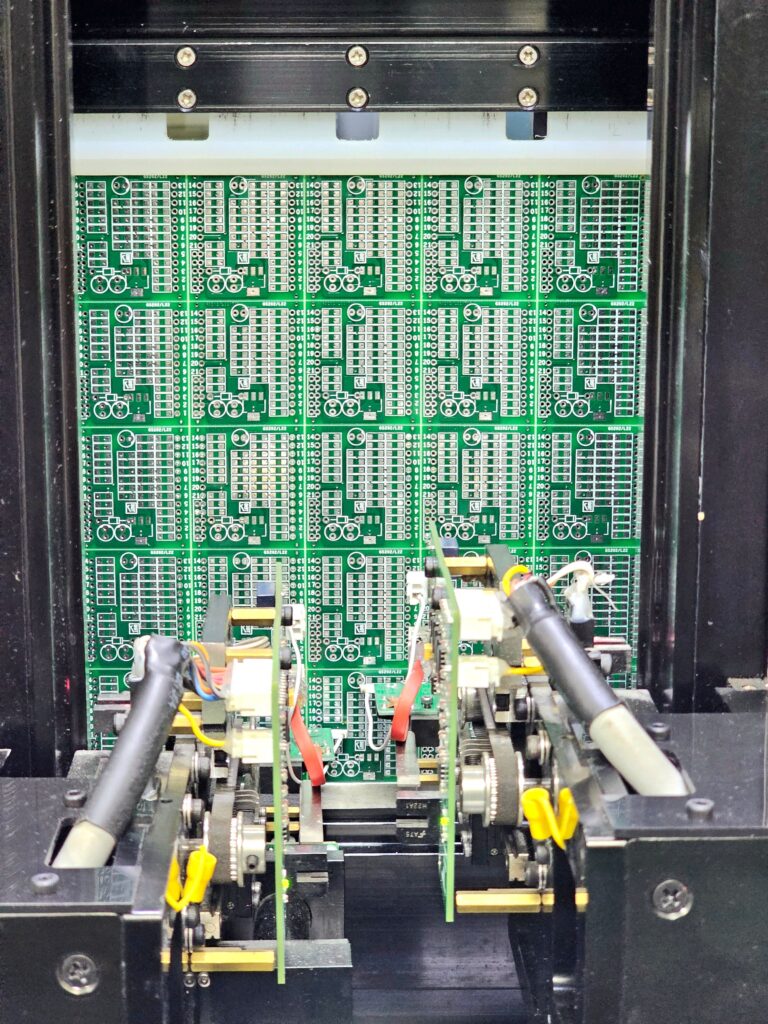

Electrical Testing
Bare circuit boards (PCBs without components) are typically tested for continuity and isolation to ensure there are no open circuits or short circuits by using universal & flying probe testing.
Each and every PCB undergoes 100% Bare Board Testing (BBT) to verify continuity and detect any open or short circuits as per quality standards."

Final Quality Control
To check and validate the quality of the product, various tests are performed including the Solderability Test, Hole Checking, Automated Visual Inspection (AVI), and Profile Verification using a Video Measuring System (VMS).
Visual inspection is also carried out at various stages to identify any aesthetic defects such as scratches, damage & other color variations.
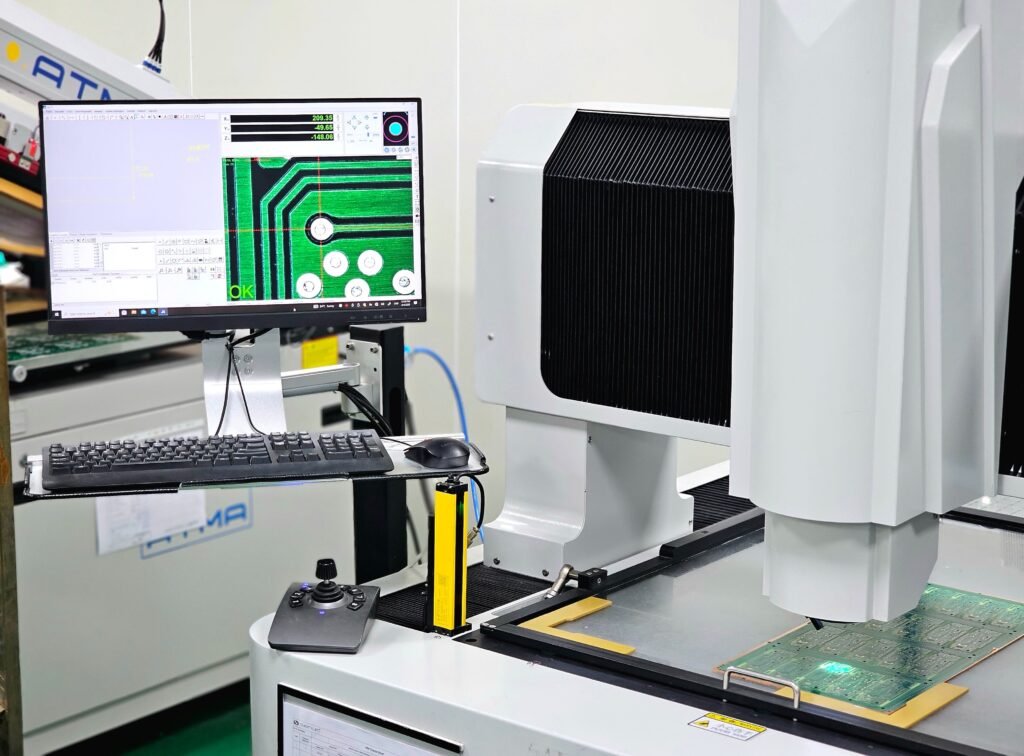


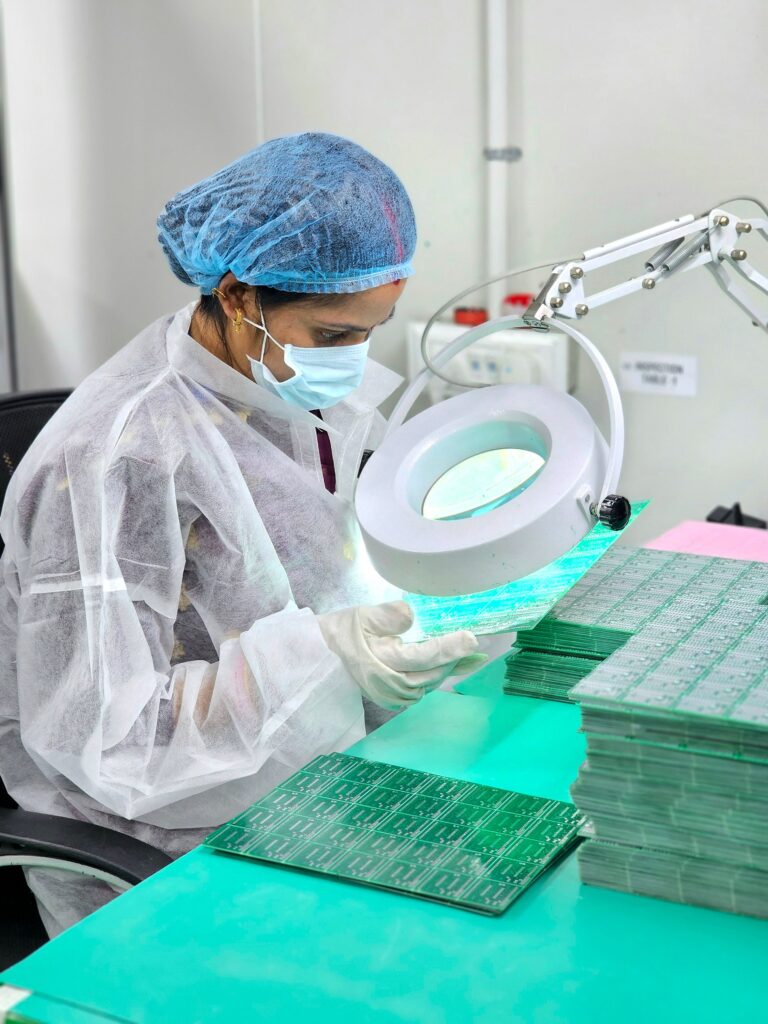

Product Testing Standard
1) Solderability Test
2) Thermal Shock Test
3) Peel Strength Test
4) Surface Insulation Test
5) Ionic Contamination Test
6) Masking & Legend Adhesion Test
7) Micro-section (PTH, Surface, Masking & Tin)
8) Bow & Twist
9) Surface finish thickness
10) Dimensional & Profile with VMS
Acceptance criteria as per IPC or as per Customer specified requirement.
